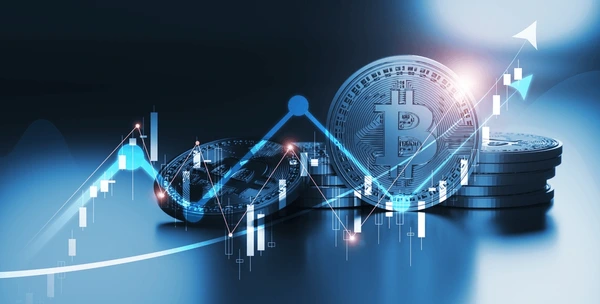A Financial Revolution Begins
In the last decade, few technologies have generated as much buzz—and as much potential—as blockchain. Originally the backbone of Bitcoin, blockchain has now emerged as a game-changing force across global finance. From reshaping cross-border payments to challenging outdated banking models, the decentralized ledger technology is rewriting the rules of how the world does business. But beyond the headlines and hype, what’s really happening on the ground? And how can individuals, investors, and institutions tap into this transformation? This article takes a deep dive into the current state of blockchain in finance—how it works, where it’s being adopted, and what the future might hold.Understanding Blockchain: Beyond Bitcoin
What Is Blockchain?
At its core, blockchain is a distributed digital ledger that records transactions in a secure, immutable way. Each block contains a list of transactions, and once it’s full, it’s cryptographically linked to the previous one—creating a “chain” of data blocks. This architecture prevents data tampering and builds trust without needing a central authority. Blockchain’s key features include:- Decentralization: No single entity controls the network.
- Transparency: Everyone on the network has access to the same data.
- Security: Strong cryptography ensures data integrity.
Blockchain Applications in Finance
Cross-Border Payments
International wire transfers have long been plagued by high fees, slow settlement times, and lack of transparency. Blockchain solves these problems by offering near-instant, low-cost transfers. Companies like Ripple use blockchain to move money globally with frictionless transactions. Example: Santander uses Ripple’s xCurrent to settle cross-border payments within seconds—a process that used to take 3–5 days.Decentralized Finance (DeFi)
DeFi is an ecosystem of financial services built on public blockchains like Ethereum. It allows users to borrow, lend, trade, and earn interest—without banks or brokers. Popular DeFi protocols:- Uniswap (decentralized exchange)
- Aave (lending/borrowing)
- Compound (yield farming)
Benefits to the Global Financial Ecosystem
Transparency and Accountability
Banks and governments can use blockchain to create transparent audit trails, reducing fraud and improving compliance. For example, HSBC used blockchain to settle $250 billion in forex trades in 2022—streamlining reconciliation processes.Lower Costs and Faster Transactions
Blockchain eliminates intermediaries and automates processes using smart contracts. This reduces costs and settlement times drastically. Instead of waiting for T+3 settlement cycles, trades can close in minutes.Financial Inclusion
Blockchain gives access to the unbanked and underbanked populations. Mobile-based wallets on blockchain let users in remote areas participate in the digital economy. Read more on financial inclusion through blockchain.Challenges and Risks
Regulation and Compliance
Governments worldwide are still grappling with how to regulate blockchain-based systems. Regulatory uncertainty can hinder innovation and adoption.Scalability and Energy Use
Public blockchains like Bitcoin face scalability issues and high energy consumption. Innovations like Ethereum 2.0 and Layer-2 solutions aim to address this. The Future of Blockchain in Finance
We’re only scratching the surface. With more institutional adoption and evolving regulation, blockchain could:
- Replace SWIFT in international payments
- Automate compliance with real-time audit trails
- Power Central Bank Digital Currencies (CBDCs)
How to Stay Ahead as a Professional
Learn and Invest Wisely
- Take free courses on Coursera or MIT’s blockchain lab.
- Follow blockchain influencers and credible publications.
- Start small investments in crypto or DeFi platforms.




